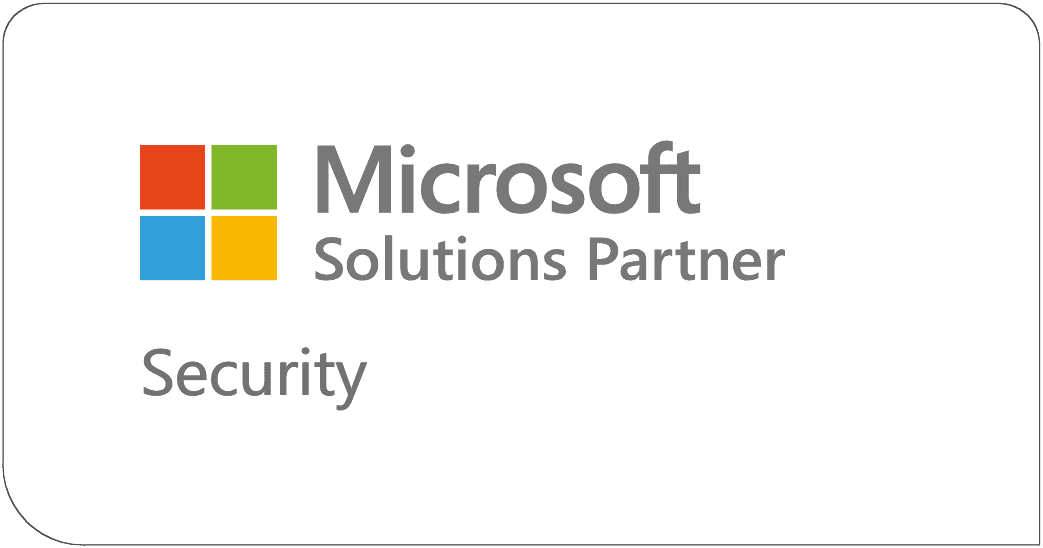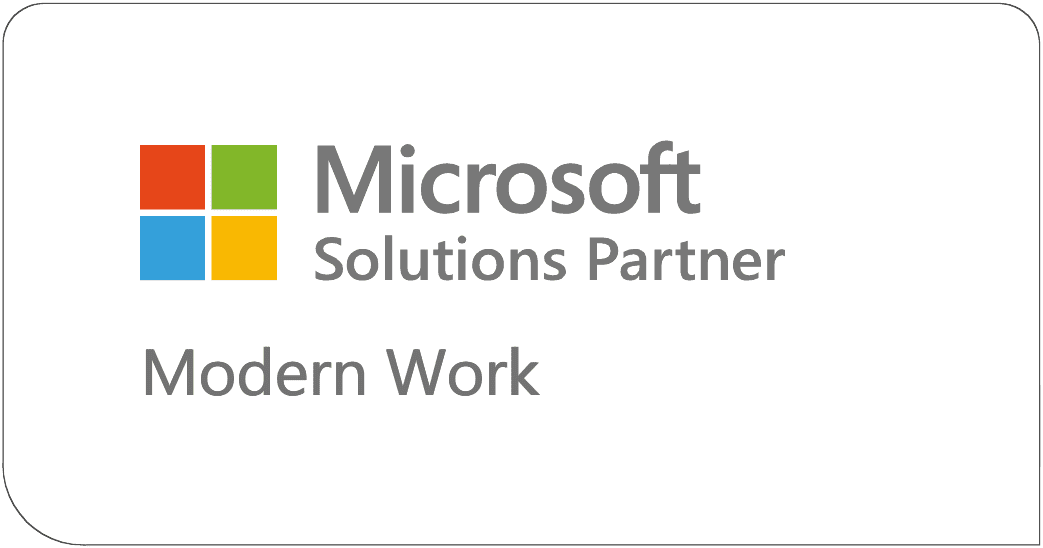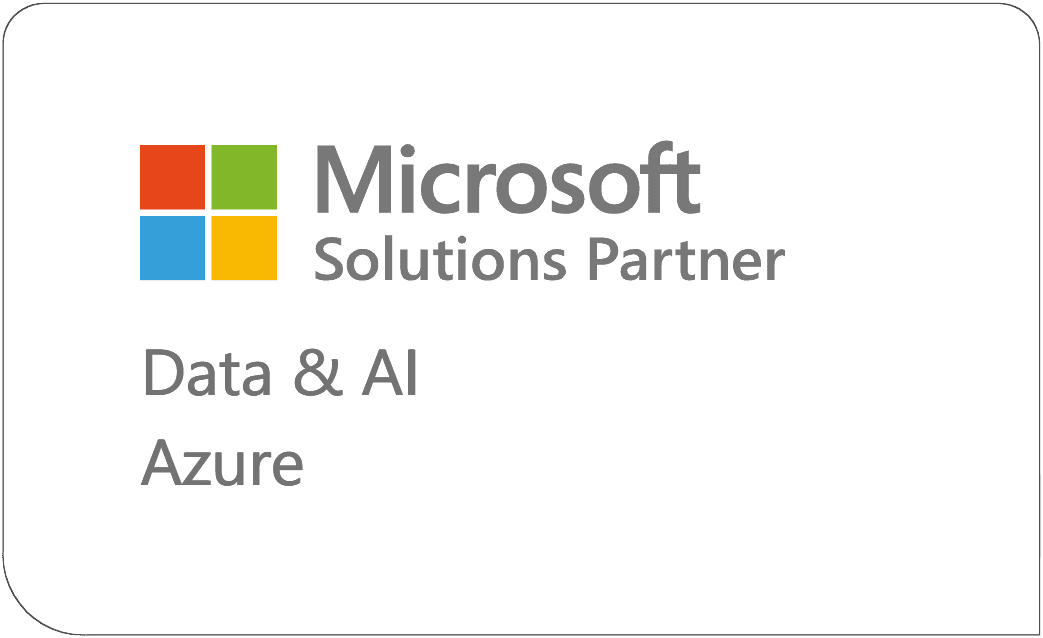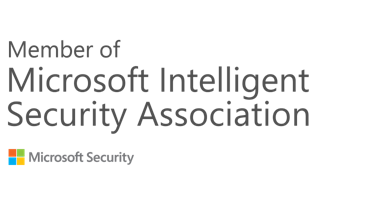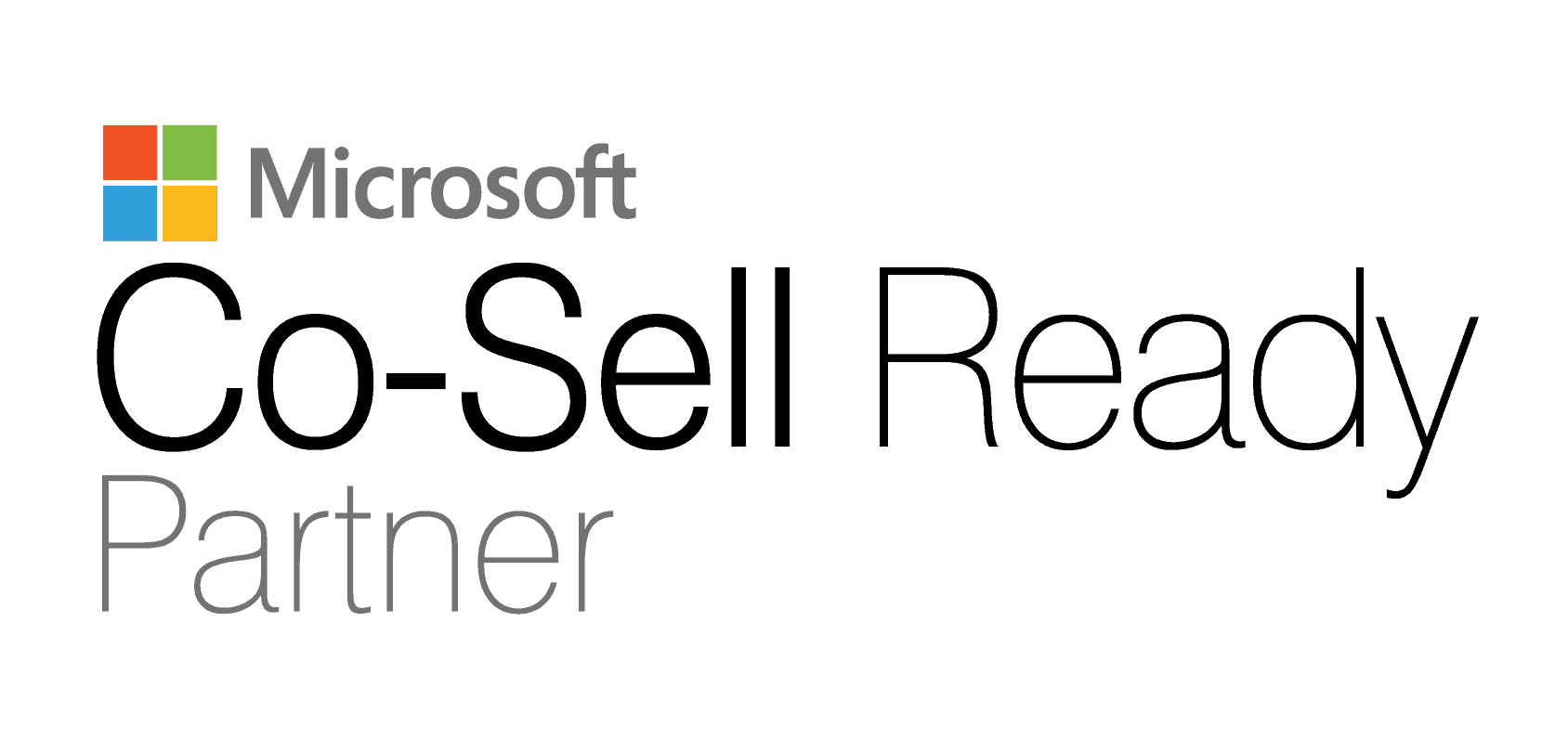Identity as the New Perimeter
The security landscape has shifted. According to the Verizon 2024 Data Breach Investigations Report, 74% of breaches involve the human element—stolen credentials, phishing, and insider threats. Your Microsoft 365 environment is only as secure as your weakest identity.
An Identity Health Check provides a comprehensive diagnostic of your tenant, revealing blind spots before attackers exploit them. This aligns directly with Zero Trust principles: verify explicitly, use least privilege access, and assume breach. Microsoft’s Zero Trust Adoption Framework emphasizes that identity serves as the foundation for all security controls.
Common Vulnerabilities Hiding in Plain Sight
Most organizations harbor critical security gaps they don’t realize exist. Privileged accounts without MFA are easy targets. The Microsoft Digital Defense Report 2024 reveals that over 99% of identity attacks are password-based. Legacy authentication protocols bypass modern security controls entirely—Microsoft blocks over 4,000 password attacks per second.
Consider the typical scenario: a Global Administrator account inactive for months, lacking MFA, using an outdated password. This single account provides complete tenant access. An Identity Health Check systematically uncovers these exposures.
What Gets Assessed
Privileged access governance identifies who holds administrative roles and whether assignments follow least privilege principles. Microsoft’s best practices recommend limiting Global Administrators to fewer than five individuals.
Authentication strength evaluates MFA adoption and deployment of passwordless options. Research shows MFA reduces compromise risk by more than 99%. Legacy protocols must be retired—more than 99% of password spray attacks exploit these protocols.
Conditional Access policies require scrutiny. Microsoft’s Conditional Access framework serves as the Zero Trust policy engine. Best practices recommend targeting all cloud apps to avoid gaps.
From Assessment to Remediation
Critical fixes typically include enforcing MFA universally, eliminating privileged accounts without proper safeguards, and disabling legacy authentication. Privileged Identity Management (PIM) enables just-in-time access with automatic expiration, significantly reducing exposure windows.
Deploy Conditional Access policies in phases—start with report-only mode, then progress through pilot groups. Microsoft provides policy templates covering MFA requirements, legacy auth blocking, and device compliance.
Continuous Monitoring
Point-in-time assessments need ongoing vigilance. Microsoft Secure Score tracks improvement quantitatively, while automated alerts enable rapid response. The Microsoft Digital Defense Report 2024 confirms that organizations with mature monitoring detect breaches significantly faster.
Regular reviews—quarterly privileged access audits, monthly sign-in checks, automated policy drift detection—transform security from a project into a program.
Your Zero Trust Foundation
Zero Trust requires strategic evolution starting with user identities. Microsoft’s Zero Trust Adoption Framework provides methodical guidance spanning identity, endpoints, applications, data, infrastructure, and networks.
The threats are real: AI-generated phishing emails achieve 54% click-through rates compared to 12% for human-written messages. Credential stuffing leverages billions of compromised passwords. Each attack vector targets identity, making this your highest-return security investment.
An Identity Health Check provides the baseline assessment, gap analysis, and remediation roadmap to advance your Zero Trust journey with confidence.
Additional Resources:
Microsoft Documentation:
- Zero Trust Security Model
- Zero Trust Adoption Framework
- Conditional Access Overview
- Privileged Identity Management
Industry Research:








